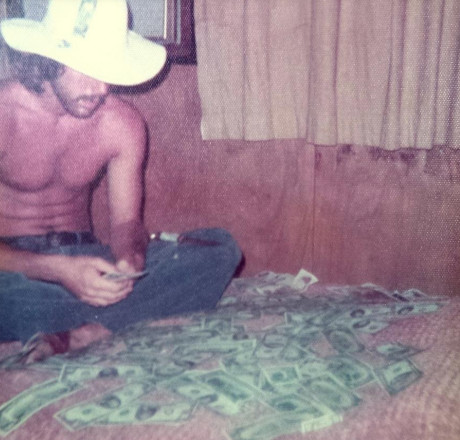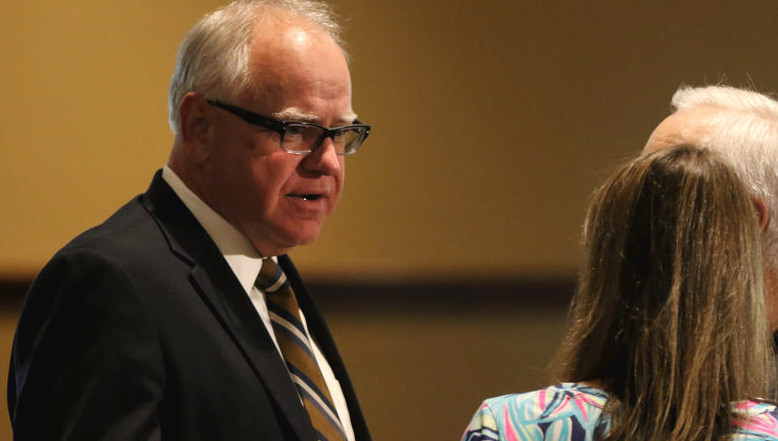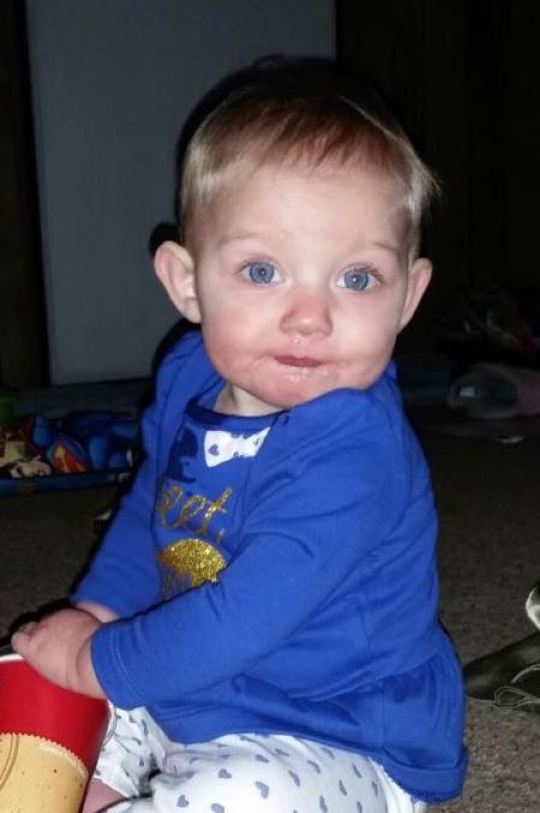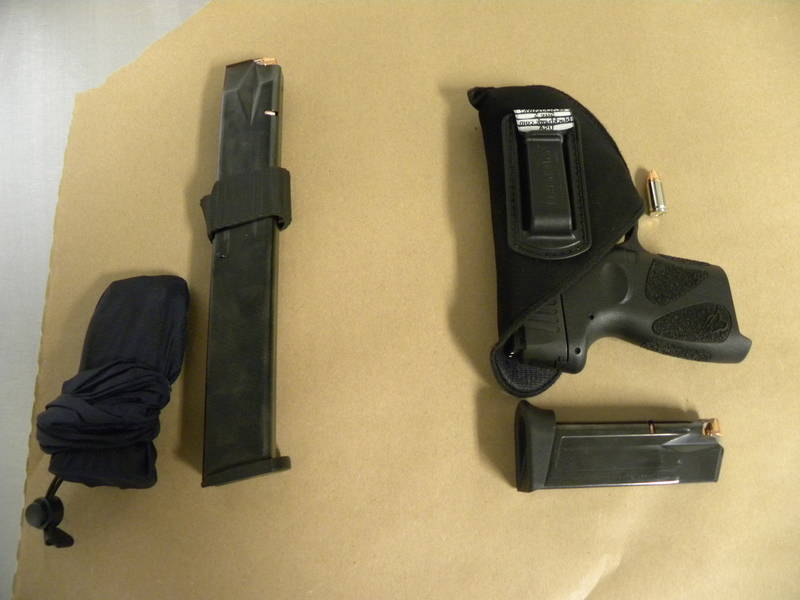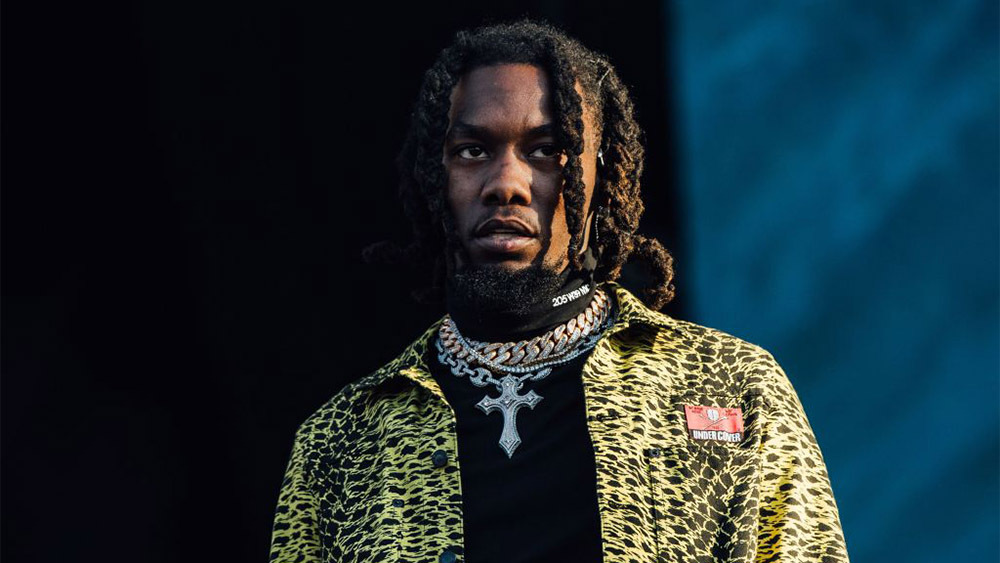HAMPTON — Everyone has a story, but Paul Ogier’s is about smuggling kilos of Mexican marijuana into the States by surfboard, Volkswagen Beetle and Piper airplane.
He served time in a Mexican penitentiary and made a few more smuggling runs of red-threaded sinsemilla before becoming a commercial airline pilot. Ogier, 65, is now retired from American Airlines and splits his time between Hampton Beach and Costa Rica. He also just published a book about his years as an international drug smuggler titled, “Flying Into the Sun: Surfboards, Airplanes and Weed Across the Mexican Border.”
“I think I have a rare distinction of getting out of the business as a success,” Ogier said. “I didn’t end up in an American prison, like many friends and everyone else who has written a book about running drugs. Or dead. I researched similar books intensely and I can’t remember anyone else who didn’t end up in prison for a long time.”
He said the movies “Blow,” “Midnight Express” and “American Made,” all based on drug-trafficking tales like his own, differ because they ended badly.
“I wasn’t greedy,” he said. “I had a goal. To become a paid pilot.”
Ogier said he kept journals during his early 20s when he was a drug smuggler during the 1970s. He developed a pot-business relationship with the Zapotecs in rural Oaxacain and kept a diary while jailed in the Mexican penitentiary. His writings recall the Mexican landscape, people and events with rich detail, including the music that defined the era. He also recalls the “hassles we went through with law enforcement and authority figures by having long hair.”
“Some chapters and passages were taken from notebooks over 40 years old,” Ogier said. “I interviewed other players in the story and returned to Mexico in 2016 to visit many of the places I wrote about. The main character is me and I couldn’t tell the story until I retired.”
Published by Amistad Publishing, Ogier’s book is dedicated to “the good people of Mexico.” It begins with his 1974 road trip to Mexico in a 1966 Volkswagen Beetle and surfing with dolphins and his friend Dan. Neil Young and Jethro Tull play from cassettes while they travel the Mexican countryside and make a random first marijuana connection with a stranger in an outdoor Veracruz market.
His first big buy was five kilos of pot for $150 and the friends find “mucho available space” to hide the stash behind the rear seat of the VW. They learn that careful placement of Playboy magazines sometimes distracts Mexican checkpoint police.
Ogier wrote about meeting with indigenous mountain dwellers to buy burlap bags of sinsemilla by the light of an oil lamp and later stowing it under the floorboard of a Plymouth Valiant. Driving down a mountain, with Jethro Tull playing and Mexican drugstore speed keeping him awake, Ogier said he and his friend were, “Drug running gringos flying down the mountain, blowing past everything threatening their rhythm.”
Quantities of weed were buried in sand dunes, duct taped to surfboards and frog-kicked across the Rio Grande River to the States, Ogier wrote. He smuggled boxes of pot tied under the bed of a 1968 Ford pickup truck and hid 10 pounds of rainbow weed in a purple El Camino, he wrote.
Ogier recounts details of his three months of imprisonment after being caught with a small amount of cocaine and hashish, then 8 kilos of pot was found in his parked truck.
He also took flying lessons and within nine months of his release from the prison, he had flown thousands of hours. In 1979, Ogier wrote, he taxied a small plane, with two suitcases packed with “vibrant and fragrant weed,” toward a Mexican army truck “on a remote airstrip in southern Mexico,” before flying off to America.
“All I wanted to do was fly,” said Ogier, who lived in North Hampton for 10 years, then Hampton Beach for the past nine. “So the drug running was only to get money for flying lessons.”
“I wanted to be a pilot from the time I was 11,” he said. “From Long Beach, California, I would ride my bicycle 20 miles to the Movieland of the Air so I could fly in a biplane for 3 cents a pound. The drug running, surfer, long-haired hippie thing was a detour. And coincidentally, I became captain on the MD-80 at Long Beach Airport where I also used to ride my bike and watch them test fly the DC-9, which is the same airplane as the MD-80. I used to think I was cool because I ate from cans of Dinty Moore Stew from the vending machine just like the real pilots did.”
As a commercial pilot, Ogier said, he flew Boeing 727s, DC-10s, 737s, 757s, 767s and DC-9-80s.
He said his book “is not the usual ‘I’m cool, I ran drugs’ narrative.”
“It is an introspective coming-of-age tale written from the perspective of a 20-year-old, who gradually matures over five years,” he said. And, Ogier assured, he never smuggled drugs on a commercial airline.
“I quit,” he said.
From Costa Rica last week, Ogier said he retired at age 52, continues to surf and spent the last two years writing the book, while studying other writers.
“Everyone says it has movie potential,” he said.
Credit: fosters.com

